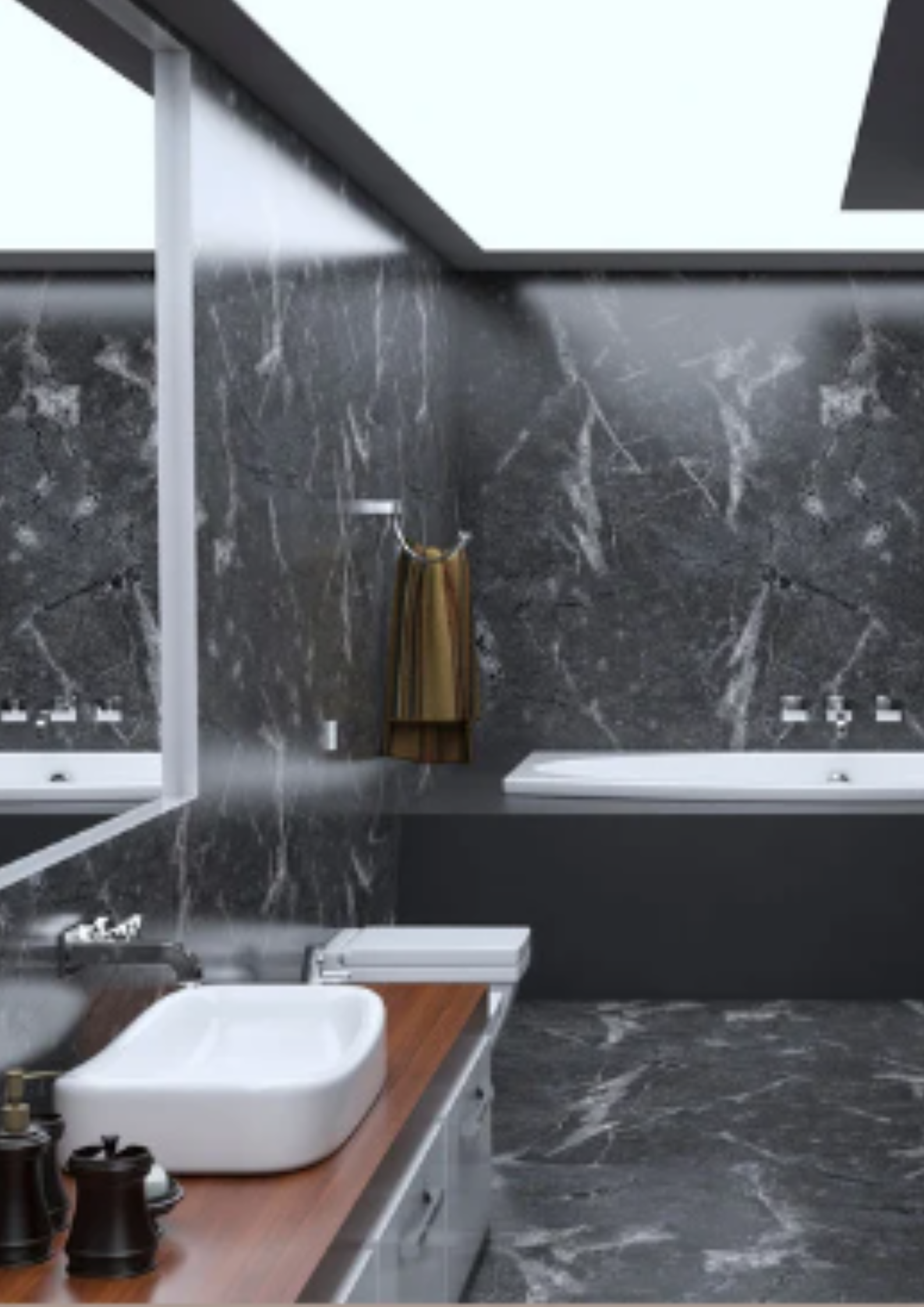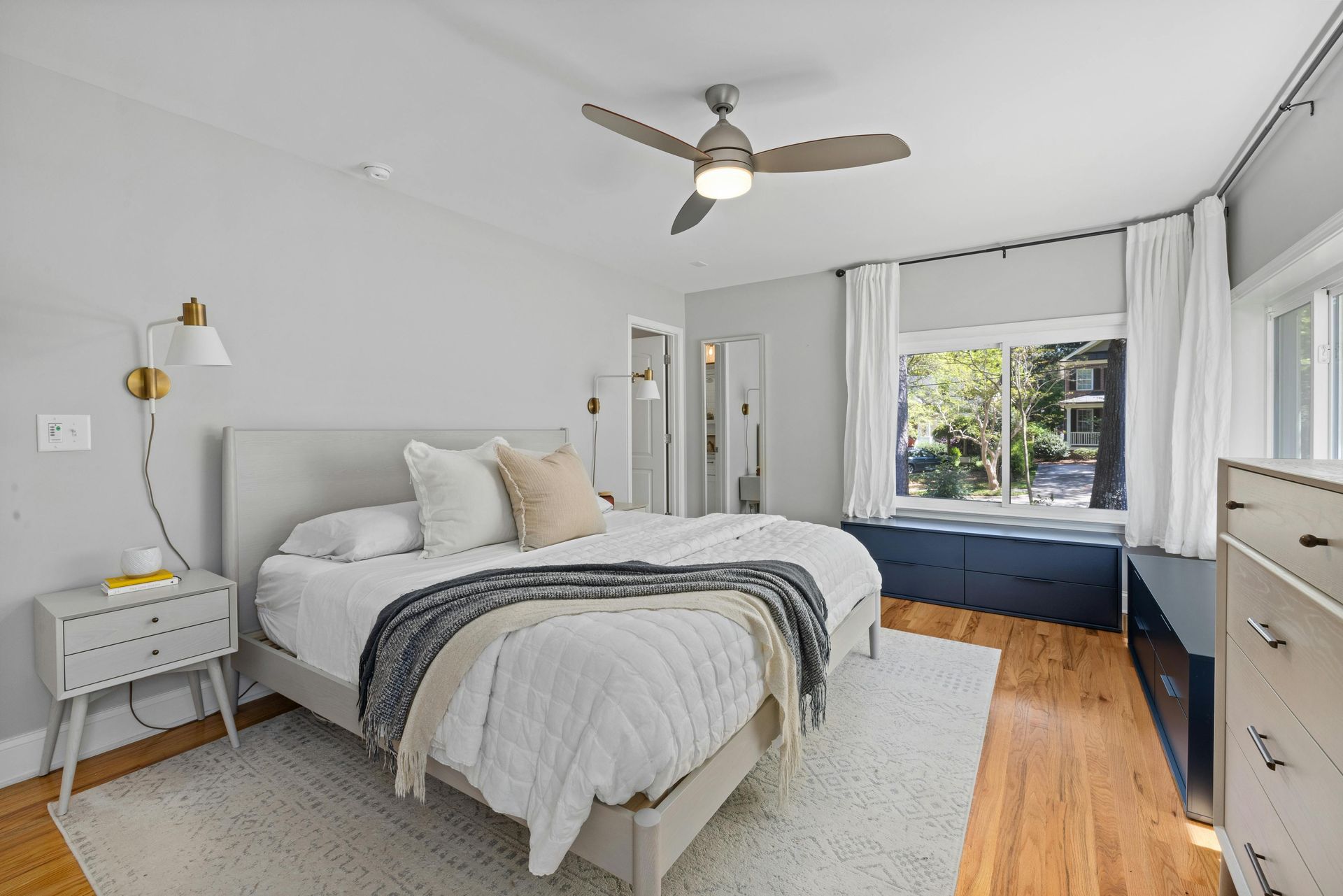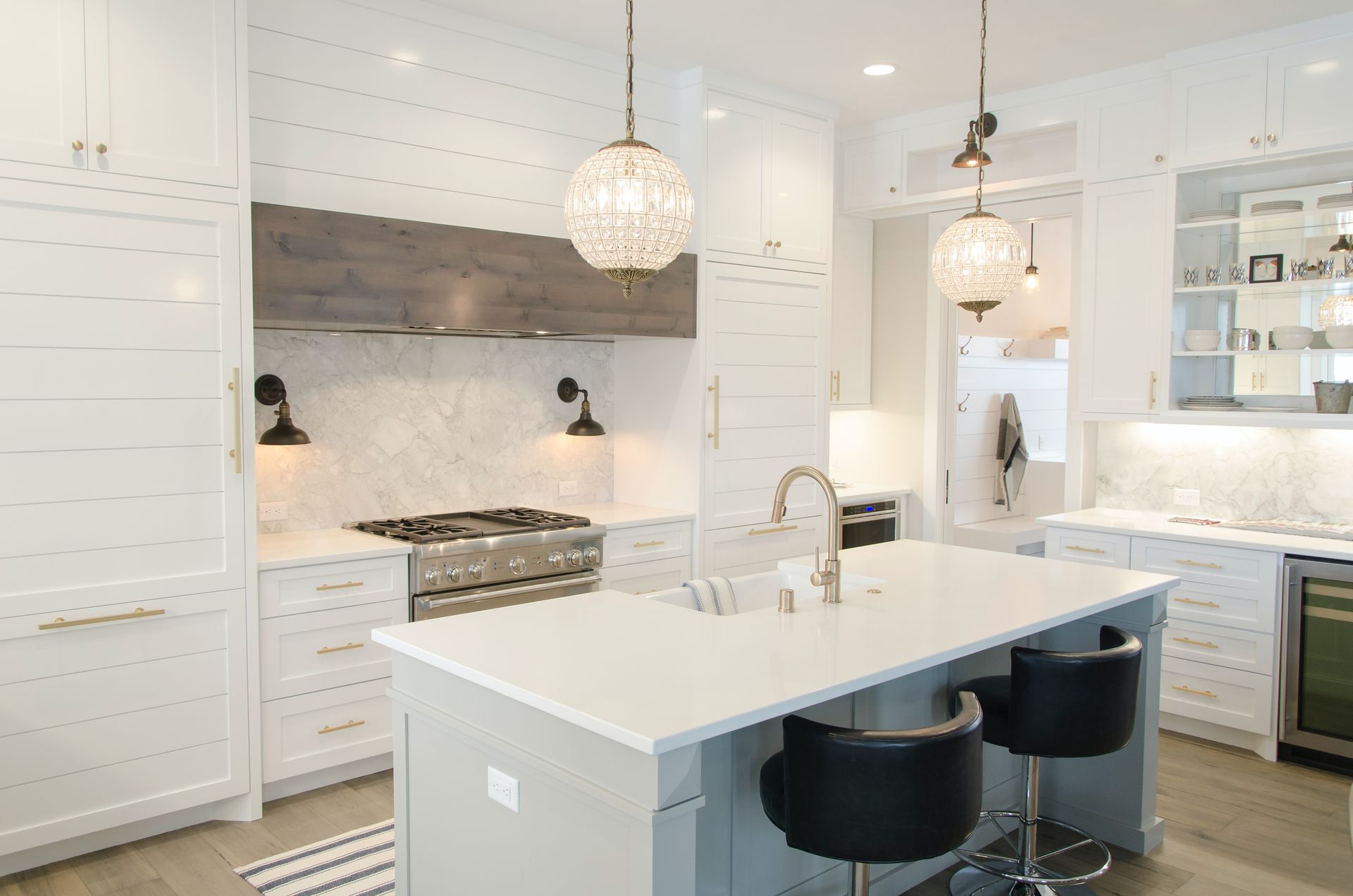DIY Home Remodel Common Mistakes
DIY Remodeling: The 12 Most Common Mistakes
From budgeting errors to safety concerns, we will explore common mistakes for DIY home renovation projects. We aim to provide some practical tips to help you navigate your DIY home remodel successfully. By understanding these common mistakes and learning from the experiences of others, you can enhance the quality and efficiency of your home renovation projects. Here are the do's and don'ts of DIY home remodeling.
#1: Underestimating the Budget
When starting a DIY home remodel project, underestimating the budget is a common mistake that can lead to major issues down the line. Many homeowners tend to miscalculate the total cost of materials, tools, permits, and unforeseen expenses. It's crucial to research and create a detailed budget that includes a buffer for unexpected costs. By carefully estimating and planning your budget, you can avoid financial setbacks and ensure a smoother renovation process.
#2: Ignoring Permits and Regulations
Ignoring permits and regulations can lead to costly delays and legal issues during your DIY home remodel. Find out why compliance is crucial and how to navigate the permit process smoothly. Research local building codes and secure necessary permits before starting any project to avoid setbacks down the road. Remember that permits exist to ensure safety and quality, so don't overlook this important step in your remodeling journey.
#3: Not Planning Ahead
When it comes to DIY home remodeling, not planning ahead can lead to major setbacks and frustrations. Planning is crucial for a successful project. Start by outlining your goals, setting a realistic budget, creating a timeline, researching materials and tools needed, and gathering inspiration for your project. Don't forget to consider any potential challenges that may arise and have a contingency plan in place. Proper planning will save you time, money, and stress in the long run.
#4: Overlooking Safety Precautions
When undertaking a DIY home remodel project, overlooking safety precautions can lead to serious risks and consequences. Safety should always be a top priority throughout every stage of your renovation. From using protective gear when handling power tools to ensuring proper ventilation in work areas, investing in safety measures is crucial. Prioritize safety by familiarizing yourself with the necessary safety protocols and equipment, such as gloves, goggles, masks, and first aid kits. Taking these precautions can prevent accidents, injuries, and setbacks, ultimately contributing to a successful and stress-free remodeling experience.
#5: Lack of Experience
Taking on complex projects without prior experience is a recipe for disaster in DIY home remodeling. It's important to assess your skill level realistically and start with simpler projects before tackling more challenging tasks. Complex projects can lead to costly mistakes, delays, and frustration. Research, practice, and seek guidance from professionals to ensure successful completion of your home remodel.
#6: Choosing Poor Quality Materials
Choosing poor quality materials is a critical mistake often made during DIY home remodel projects. While it may be tempting to opt for cheaper materials to save money upfront, this decision can lead to costly repairs or replacements in the future. Low-quality materials are more prone to wear and damage, compromising the overall durability and longevity of your renovation.
Investing in high-quality materials is essential for ensuring the success and longevity of your home remodel. Quality materials not only enhance the aesthetics of your project but also contribute to its functionality and value. Conduct thorough research on the best materials for your specific project and budget, considering factors like durability, maintenance requirements, and warranties.
When selecting materials, prioritize items that are known for their quality and performance. It's better to allocate a larger portion of your budget to superior materials that will last longer and require less maintenance over time. Remember that the cost of quality materials may be higher initially, but the long-term benefits far outweigh the initial investment.
By choosing high-quality materials for your DIY home remodel, you can create a more durable, aesthetically pleasing, and valuable space for you and your family to enjoy for years to come. Don't compromise on the quality of materials to cut costs; invest wisely to achieve a successful and rewarding home renovation project.
#7: Skimping on Professional Help
Skimping on professional help when tackling a DIY home remodel project can have serious consequences. While it may seem like a money-saving tactic upfront, not involving professionals such as architects, contractors, or designers can lead to costly mistakes and subpar results. Professionals bring expertise, experience, and a trained eye to your project, ensuring that it meets building codes, safety standards, and design aesthetics. They can also help you avoid common pitfalls, offer valuable advice, and provide efficient solutions to any challenges that may arise. Investing in professional help can ultimately save you time, money, and stress in the long run while ensuring a successful and satisfying remodel.
#8: Rushing the Timeline
Rushing the timeline in a DIY home remodel can lead to major setbacks and compromised results. By failing to allow sufficient time for each phase of the project, you risk making hasty decisions, overlooking critical details, and sacrificing quality for speed. It's essential to create a realistic timeline that considers all aspects of the renovation process, from planning and preparation to execution and completion. Taking the time to plan and pace your project effectively will ultimately save you time, money, and stress in the long run.
#9: Neglecting Proper Ventilation
Neglecting proper ventilation during a home remodel can have significant consequences. Poor ventilation can lead to mold growth, indoor air pollutants, and discomfort for occupants. When renovating or adding new spaces, ensure proper ventilation systems are in place to maintain a healthy indoor environment. Consider the ventilation needs of each room, including bathrooms, kitchens, and living areas. Proper airflow helps prevent moisture buildup, which can cause structural damage and health issues. Include exhaust fans, windows, and vents as needed to promote good air quality and circulation throughout your home. By addressing ventilation needs early in your remodeling project, you can create a more comfortable and healthy living space for you and your family.
#10: Personalizing Design Choices
When it comes to DIY home remodeling, personalizing design choices is a common mistake that can impact the overall appeal and market value of your property. While adding personal touches to your home is important to make it feel unique and reflect your style, going overboard with customization can limit the appeal to potential buyers if you ever decide to sell your home in the future. It's essential to strike a balance between personalization and keeping design choices neutral enough to appeal to a wider audience. You should consider timeless design elements and the resale value of your home when making significant design decisions. Remember, a successful home remodel strikes a balance between personalization and market appeal to ensure long-term satisfaction and value.
#11: Failing to Communicate Clearly with Contractors
Failing to communicate clearly with contractors during a DIY home remodel can lead to misunderstandings, delays, and unsatisfactory results. Effective communication is key to ensuring that your vision is accurately conveyed and executed. Be specific about your expectations, timeline, and budget constraints from the start. Regularly check in with your contractors to address any concerns or changes promptly. Establishing open lines of communication fosters collaboration and minimizes the risk of costly mistakes. Remember, clear communication helps streamline the remodeling process and results in a successful project that meets your desired outcome.
#12: Not Having a Contingency Plan
Failing to have a contingency plan in place can lead to unexpected challenges derailing your DIY home remodel project. Without a backup strategy for potential issues such as budget overruns, material delays, or unforeseen structural issues, you may find yourself in a compromising position. It's crucial to anticipate possible setbacks and prepare alternative solutions to keep your renovation on track. By proactively addressing potential risks and having contingency measures in place, you can navigate through obstacles smoothly and ensure the success of your home improvement endeavor.
Learning from Mistakes to Ensure Successful DIY Home Remodels
Recognizing and learning from these common DIY home remodel mistakes is key to achieving successful renovation projects. By understanding the pitfalls associated with budget underestimation, permit ignorance, lack of planning, safety oversights, inexperience with complex projects, material quality issues, reluctance to seek professional assistance, rushing timelines, ventilation neglect, personalization, communication gaps with contractors, and absence of contingency plans, you can enhance your remodeling endeavors. Apply the insights gained from these mistakes to your future projects, ensuring a smoother and more rewarding DIY home remodel experience. Remember, preparation, attention to detail, and a willingness to learn and adapt are essential for turning your vision into reality while avoiding common pitfalls along the way.
- War Eagle Remodel
serving Auburn, AL and all surrounding areas
You might also like



We will get back to you as soon as possible
Please try again later
Professional Remodel Contractor in Auburn, AL
Call today for your Free Home Remodeling Quote
War Eagle Remodel
Home Remodeling Services
Working hours
- Mon - Fri
- -
- Sat - Sun
- -
All Rights Reserved | War Eagle Remodel







